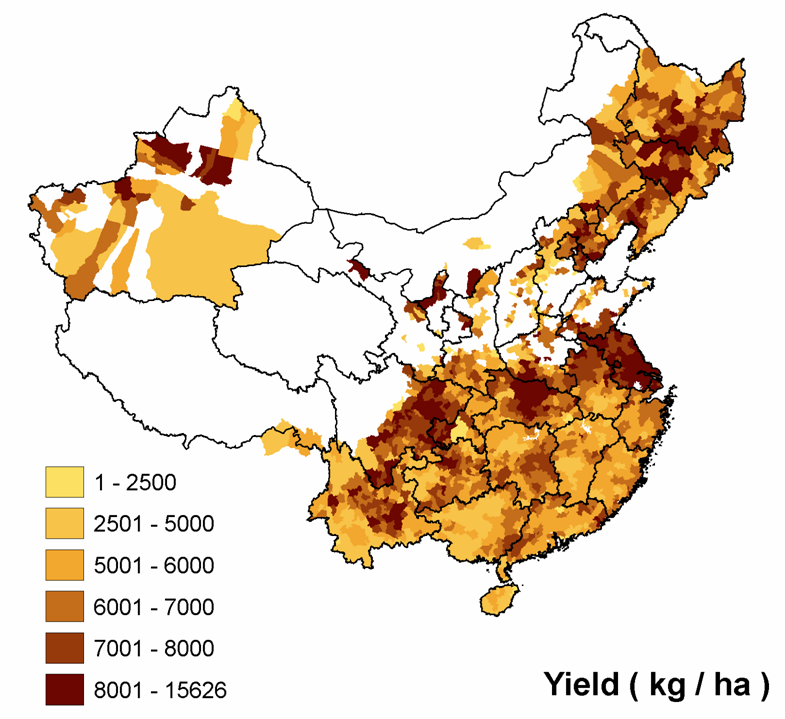There’s been a lot of news and discussion recently in the UK on animal diseases such as mad cow, foot and mouth, and bluetongue. Here’s another one to worry about: bovine tuberculosis. A paper just out in the Journal of Applied Biology explores the interaction between agricultural and wild biodiversity in the context of the spread of this disease in the UK ((H.E. Jenkins et al. (2007) Effects of culling on spatial associations of Mycobacterium bovis infections in badgers and cattle. Journal of Applied Ecology 44 (5), 897–908. doi:10.1111/j.1365-2664.2007.01372.x)).
Bovine tuberculosis can be spread by badgers, which have therefore been routinely culled for some years in many areas. But it turns out that badgers are in fact more mobile and adventurous in areas where their numbers have been thinned out. Which means they are most effective in spreading tuberculosis to cattle in exactly those areas where measures have been taken which were supposed to control the disease. The law of unintended consequences in action, I suppose.
Meanwhile, a big cull of feral pigs is on in Australia. ((Our occasional contributor Michael Kubisch wrote an interesting post on feral animals a few months back.)) Is this going to have some unintended consequences too?
